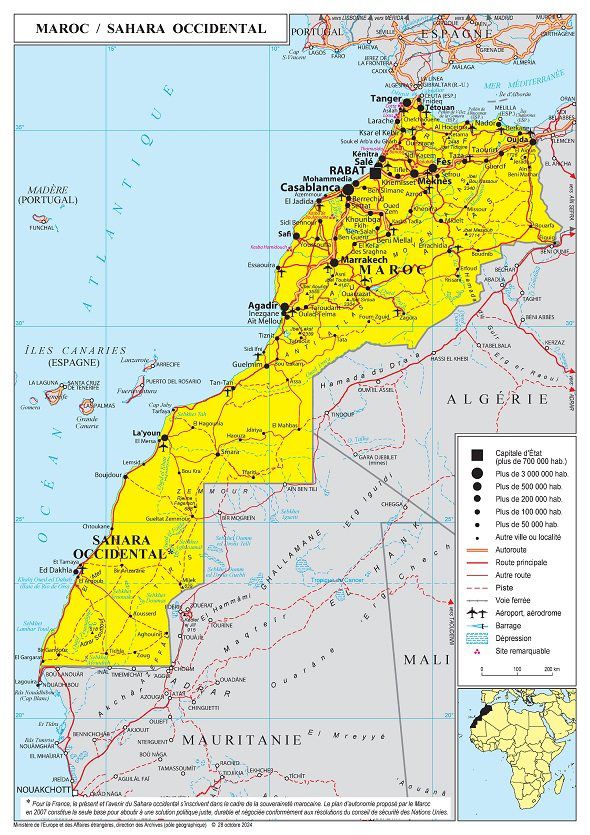An American doctoral student discovered, by chance, three Mayan sites in the middle of the Mexican jungle, a study published by the journal “Antiquity” revealed on Tuesday, October 29. The immense city could have housed between 30,000 and 50,000 people at its peak, between 750 and 850 AD.
She was there, “hidden in plain sight”, just a fifteen-minute walk from a main road near Xpujil, a town in southeastern Mexico. An immense Mayan city, three times larger than Edinburgh, was discovered by archaeologists centuries after its disappearance, reveals this Tuesday, October 29, a study published in the scientific journal Antiquity. Among the more than 6,600 structures identified by the study, many are located near modern settlements, even if they were previously unknown to the Mexican government and the scientific community.
The archaeologists who discovered this city hidden beneath the canopy of the Mexican jungle – which they called “Valeriana” – believe it is the second most dense Mayan site after Calakmul, considered the largest site of this civilization in Latin America.
A city with “all the characteristics of a capital”
As reported by the BBCthis discovery was made “by accident”, after an archaeologist browsed data on the Internet. “I was on page 16 of Google and found a laser study carried out by a Mexican organization for environmental monitoring” in the state of Campeche, Luke Auld-Thomas, a doctoral student at Tulane University in the United States, explains to the British media. This was a so-called Lidar study, carried out with a type of laser scanning structures buried under vegetation and mapping them. Its primary goal was not archaeological, but rather to measure and monitor carbon in Mexico’s forests.
But by dissecting it from another perspective, the doctoral student in archeology put his finger on what the sponsors of the Lidar study had neglected: he discovered an immense city which could have housed between 30,000 and 50,000 people at its peak. , between 750 and 850 A.D. That’s more than the number of people living in the area today, researchers say. The causes of the city’s disappearance and subsequent abandonment are not known with certainty, but archaeologists say climate change played a major role.
In total, Luke Auld-Thomas and Professor Marcello Canuto, co-author of the research, identified three different sites in the heart of this jungle, bringing together nearly 6,764 buildings of different sizes. Valeriana presents the “characteristics of a capital”, the researchers further assert. The city, which covers more than 16.6 km², had two main centers with large buildings, connected by dense houses and roadways. Pyramids, temples, traces of a reservoir and even sports fields could also be identified.
Interviewed by the BBC, Professor Elizabeth Graham of University College London, who was not involved in the study, explains that this discovery reinforces the idea that the Maya lived in complex towns or villages, and not in isolated villages. “The discovery of Valeriana highlights that there are still significant gaps in our knowledge of the existence or absence of large sites in previously unmapped areas of the Maya Lowlands,” conclude the authors of the study.
:quality(70)/cloudfront-eu-central-1.images.arcpublishing.com/liberation/6AFVGWX4RFDHJO64SVLTSBROXM.jpg)

